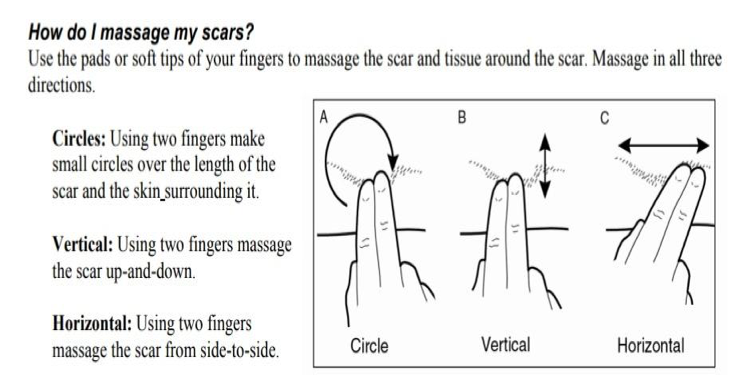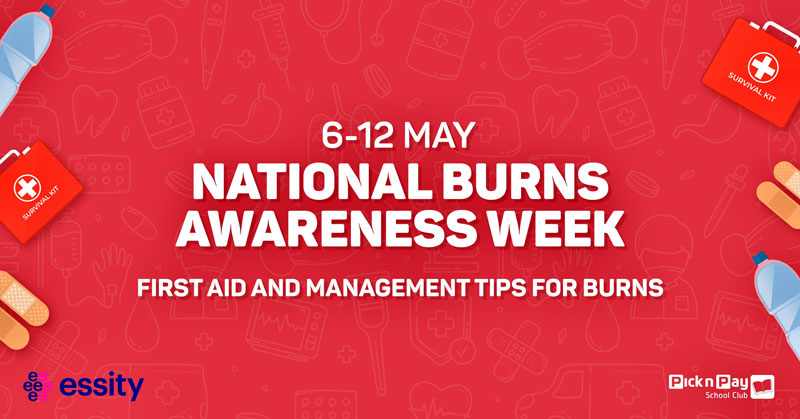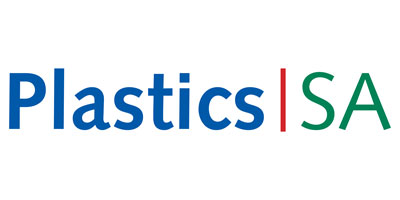First Aid
First aid is important for stopping the burning process and limiting the damage done to the skin after thermal injury. First aid is 20 minutes of cool (not ice cold ) running water. In a chemical injury copious flushing aids in removal of the chemical agent from the skin.
Do not put anything else on the burn. Afterwards, dry it gently and cover with clingfilm, it helps with the sensitivity, or with a clean dressing.
Skin
The skin has numerous functions, the predominant one being a barrier to infection. When this barrier is lost, the risk of infection is there, with the risk being proportional to the size of the burn ie. The larger the burn the higher the risk.
The skin has two layers. The epidermis which is the top layer, that is the barrier and also has the cells responsible for the pigment or colour of your skin. The dermis is underneath the epidermis, it contains elastin which gives skin its flexibility and stretch over joints and collagen which gives skin its strength.
Burn types
Superficial partial burns are where only the epidermis is lost and a small layer of the dermis. These burns will heal spontaneously if they are looked after and infection is prevented. They will heal with minimal scarring and complications.
Deep partial and full thickness burns are where all of the epidermis and almost all or all of the dermis is lost. These burns require skin grafting in order to heal. These burns will have scarring even after grafting.
What is a skin graft
Skin is harvested under anaesthesia with a special tool that shaves a thin layer of the skin off a healthy part of your body, typically the thighs. A layer of epidermis and dermis is taken and transplanted to the burn wound (once cleaned of infection and dead tissue). Enough tissue is left behind for the donor site to heal spontaneously. The transplanted layers should heal within 1 – 2 weeks.
Burn scars
This skin has been damaged and will never be normal again. It is important to protect the burn scar from the sun by wearing sunscreen, a hat for a face or scalp burn or clothes that cover the scar when outside in the sun. The burn skin has a higher risk of skin cancer developing compared to unburnt skin. Burn scars will be sensitive and have a risk of becoming raised and tight especially if skin grafted. Massaging with aqueous cream or virgin coconut oil three times a day is an important part of scar management. The massage should be firm enough that your fingernail goes white. Extensive burns require the involvement of occupational therapists for other tools in scar management.

When to seek medical attention
Any burn bigger than the palm of your hand requires medical attention. Any burn that is not painful could be full thickness and requires medical attention. If the burn is small and being managed at home but you notice redness in the skin around the burn, increasing pain or swelling or increasing ‘weepiness’, seek medical attention.
Managing small burns at home
Wash the burn and the surrounding normal skin with soap and water at every dressing change. The dressing should be changed every few days or if the dressing is soiled. Use a dressing that is antiseptic, the goal is to prevent infection. Ideally a closed dressing should be done. Drying it out and leaving it open will cause it to scab and crack and is usually more painful. As it heals it will be itchy, this is normal. Pat the area rather than scratch.
When to seek medical attention
Any burn bigger than the palm of your hand requires medical attention. Any burn that is not painful could be full thickness and requires medical attention. If the burn is small and being managed at home but you notice redness in the skin around the burn, increasing pain or swelling or increasing ‘weepiness’, seek medical attention.
Managing small burns at home
Wash the burn and the surrounding normal skin with soap and water at every dressing change. The dressing should be changed every few days or if the dressing is soiled. Use a dressing that is antiseptic, the goal is to prevent infection. Ideally a closed dressing should be done. Drying it out and leaving it open will cause it to scab and crack and is usually more painful. As it heals it will be itchy, this is normal. Pat the area rather than scratch.



















